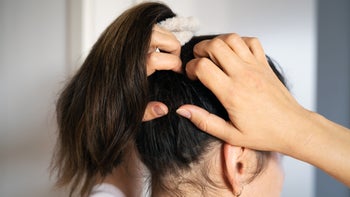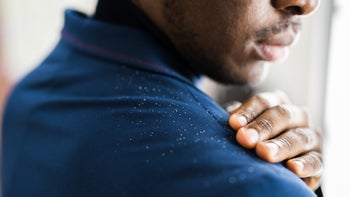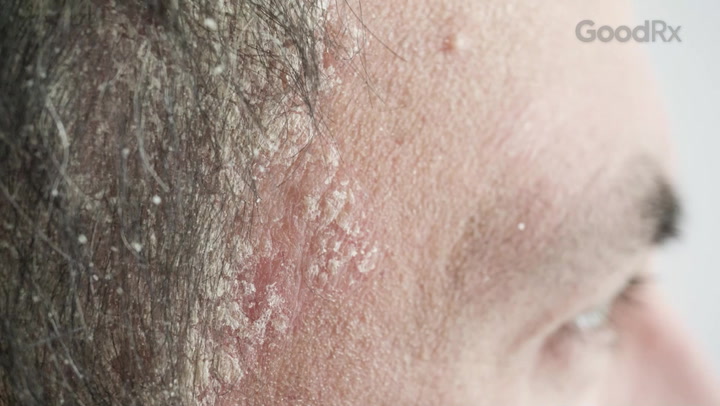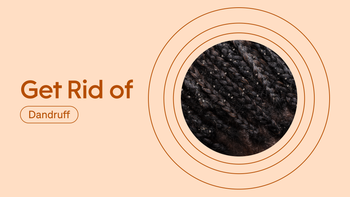
Why Do I Have Eyebrow Dandruff? Seborrheic Dermatitis Explained
Key takeaways:
Eyebrow dandruff is usually caused by a skin condition called seborrheic dermatitis.
There are many effective over-the-counter and prescription treatments for eyebrow dandruff.
There’s no cure for eyebrow dandruff, but it’s definitely possible to control the flaking and symptoms.
Access savings on related medications
Table of contents
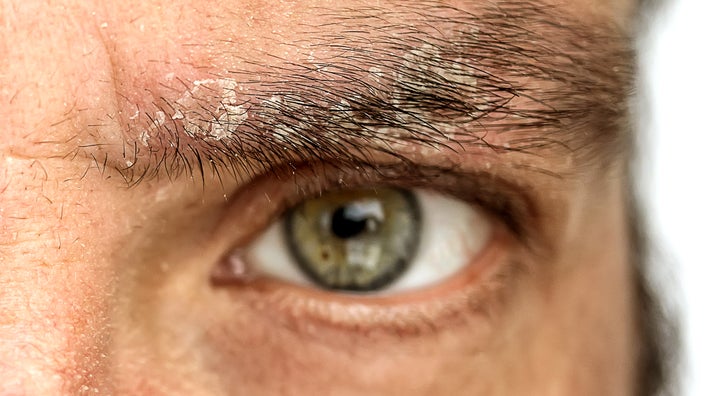
Eyebrow dandruff is exactly what it sounds like: flaky skin and itching of the eyebrows. There are a couple of different things that can cause your eyebrows to flake. But what people usually refer to is a common condition called seborrheic dermatitis, which also causes dandruff.
Here, we’ll review the different causes of eyebrow dandruff and what you can do to keep your symptoms under control.
What is eyebrow dandruff?
Eyebrow dandruff is a form of seborrheic dermatitis. Its symptoms range from dandruff to oily, scaly, and inflamed skin patches. In infants, it’s typically called cradle cap.
Despite its name, eyebrow dandruff is different from scalp dandruff. Dandruff — also known as pityriasis capitis — is only found on the scalp and doesn’t cause skin inflammation. That said, both conditions share similar causes and respond to the same treatments.
Pictures

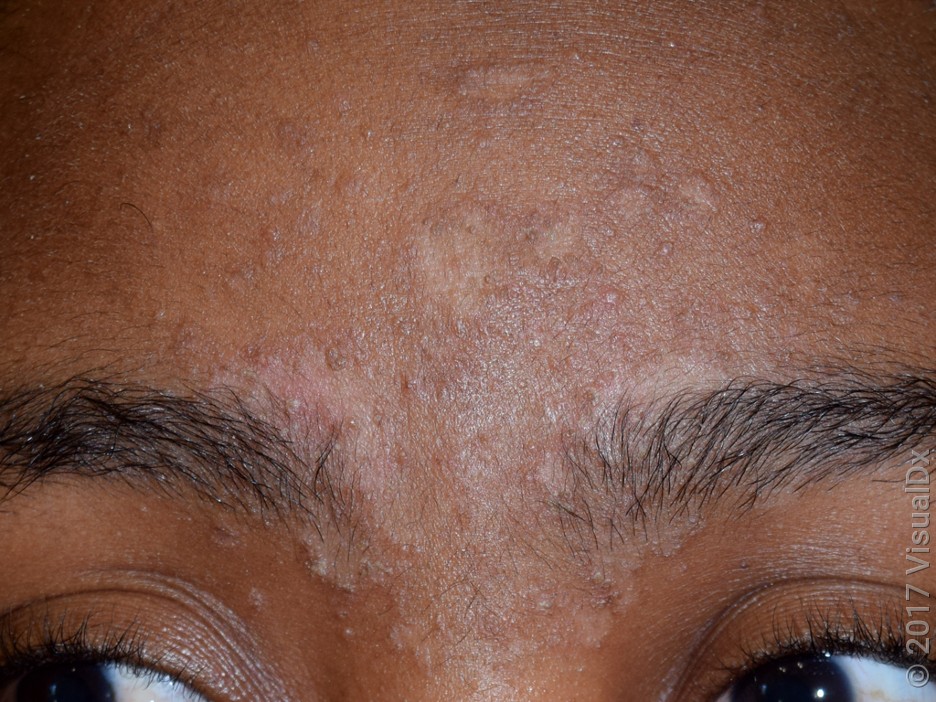
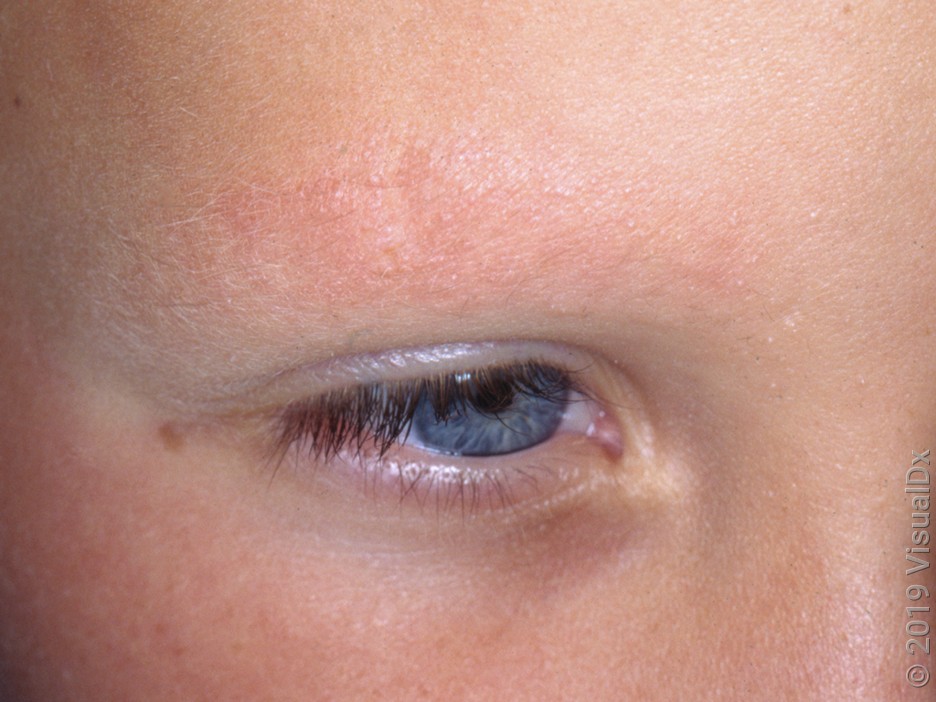
Psoriasis or dandruff? Here’s how to tell the difference between psoriasis and dandruff, two common skin conditions.
Common causes: From yeast to stress, learn the most common causes of dandruff and what you can do about them.
Best treatments? Four people share their tips for banishing their flakes and itching for good.
What causes eyebrow dandruff?
Seborrheic dermatitis is the most common cause of eyebrow dandruff. But there are a couple of other causes, too.
Let’s take a closer look at each of them.
Seborrheic dermatitis
Seborrheic dermatitis is a very common skin condition that affects people of all ages. Mild forms of seborrheic dermatitis cause scalp dandruff. Some people will also notice flaking in their eyebrows.
More severe forms of seborrheic dermatitis cause itchy patches of skin covered in greasy scales. It also looks different in several skin types. In lighter skin tones, seborrheic dermatitis often looks like red patches. In darker skin tones, it may show up as lighter patches.
Seborrheic dermatitis usually forms in areas where there are many oil glands. These areas include the:
Scalp
Face, including the eyebrows and beard
Chest
Back
Armpits
Groin
We’re not sure what causes seborrheic dermatitis, but it’s likely to be an inflammatory skin reaction to a type of yeast — called Malassezia — that lives on most people’s skin.
Eczema (atopic dermatitis)
Eczema — also called atopic dermatitis — is a common skin condition that causes itchy skin and red, violet, or brown, flaky patches on different body parts. It’s more common in children and adolescents, but adults can get it, too. Eczema can cause flaky eyebrows, but that’s not the only symptom.
Psoriasis
Psoriasis is a common autoimmune condition that causes your skin to grow too quickly. It creates thick and irritated skin patches that are red, violet, or brown. Although you can get psoriasis anywhere on your body, it usually affects your elbows, knees, and scalp. If you have psoriasis, it can also affect your eyebrows and cause flaking.
Contact dermatitis
Contact dermatitis is a skin reaction caused by an allergy or irritation to ingredients in skin care products, like creams or shampoos. It also causes a red, violet, or brown, flaky skin rash. If your eyebrows begin flaking after using a new product, it could be the culprit. Stop using the product and your symptoms should improve.
Dry skin
Dry skin happens when your skin loses too much moisture. Unlike seborrheic dermatitis, dry skin doesn’t cause skin redness under the eyebrows or oily buildup around the hair. It’s also more likely to change with the weather and respond to moisturizers, whereas true eyebrow dandruff will not.
Symptoms of eyebrow seborrheic dermatitis
There are certain symptoms that make it more likely that your eyebrow dandruff is caused by seborrheic dermatitis, including:
Dandruff
Itching
Greasy, flaky, yellowish scales
Redness under the scales
A similar rash on your face, scalp, chest, back, or in skin folds
Eyebrow dandruff that comes and goes over a number of years
Treatments for eyebrow dandruff
There’s no cure for eyebrow seborrheic dermatitis, but it’s definitely possible to control the symptoms. Over-the-counter (OTC) products work well for most people. If you have more severe symptoms, you may need a prescription-strength treatment.
Keep in mind that long-term, regular treatment is usually needed. For many people, once or twice a week is enough to keep the symptoms away. But each person is different. You may need to try a few different combinations to find one that works best for you.
Over-the-counter treatments and home remedies for eyebrow dandruff
OTC dandruff shampoos are the main way to treat eyebrow dandruff.
Look for shampoos that have these active ingredients:
Selenium sulfide: Some examples of selenium sulfide shampoos include Selsun Blue or Head and Shoulders Clinical Strength.
Pyrithione zinc: Shampoos that have pyrithione zinc include Head and Shoulders, Solimo, and Vanicream Free & Clear.
Ketoconazole 1%: Products like Nizoral A-D contain ketoconazole 1%.
Coal tar: True + Real T Plus and DHS Tar are some examples of coal tar shampoos.
Tea tree oil: Tea tree oil is found in a variety of products and can be used to treat eyebrow dandruff.
Salicylic acid: Shampoos that contain salicylic acid can help treat eyebrow dandruff symptoms.
Prescription treatments for eyebrow dandruff
If OTC treatments don’t work, your healthcare professional may recommend using prescription strength shampoos, especially if you also have scalp dandruff that needs treatment. Sometimes rotating different treatments can give you the best results.
Antifungal shampoos, like ketoconazole (Nizoral) and ciclopirox (Loprox), can be used daily until your symptoms improve and then once or twice a week for maintenance.
Selenium sulfide shampoos, like Selseb, can be used twice a week for 2 weeks.
Steroid shampoos, such as betamethasone (Luxiq) or fluocinolone (Capex), can cause side effects, like skin thinning. Use them for about 2 weeks to control symptoms and then switch to other medicated shampoos for maintenance.
Tips to prevent eyebrow dandruff
If you find out you are prone to eyebrow dandruff, here are a few tips that may help:
Use a medicated shampoo daily until your symptoms improve, and then switch to once or twice a week for maintenance.
Figure out what treatments work for you and keep them on hand.
Wash your skin with a gentle cleanser, which is less likely to irritate your skin.
Moisturize after washing your face to keep your skin moist and prevent future flaking.
Put mineral oil on thick scales and let it sit, which will help loosen flakes and make them easier to wash off with a comb.
Avoid products and ingredients that can irritate your skin, like harsh soaps and fragrances.
Frequently asked questions
Yes! You can use Head and Shoulders on your eyebrows. It contains selenium sulfide, which can treat seborrheic dermatitis.
For serious flaking, leave the shampoo on your eyebrows for a few minutes before washing it off. Avoid getting it in your eyes. If that happens, wash your eyes out with water.
Yes, a light layer of noncomedogenic makeup — makeup that doesn’t block your pores — is fine. Just make sure to wash it off at night with a gentle cleanser. Then, follow with any prescription creams you use before going to bed.
If OTC treatments aren’t working or if you notice eyebrow hair loss, you should see a healthcare professional. They can confirm that it’s not something else and give you a stronger treatment.
Emotional stress doesn’t cause eyebrow dandruff. But like with other skin conditions, stress can make symptoms worse.
No, eyebrow dandruff doesn’t usually cause hair loss. If you have flaky eyebrows and you’re losing eyebrow hair, it could be something else like a fungal infection (ringworm). Get checked out by your healthcare professional to get the right diagnosis and treatment.
The bottom line
Seborrheic dermatitis and eyebrow dandruff are usually lifelong conditions. But you’re not alone in it. There are a lot of treatments available to get it under control. So with a little patience, you can lower the impact seborrheic dandruff has on your life.
Why trust our experts?
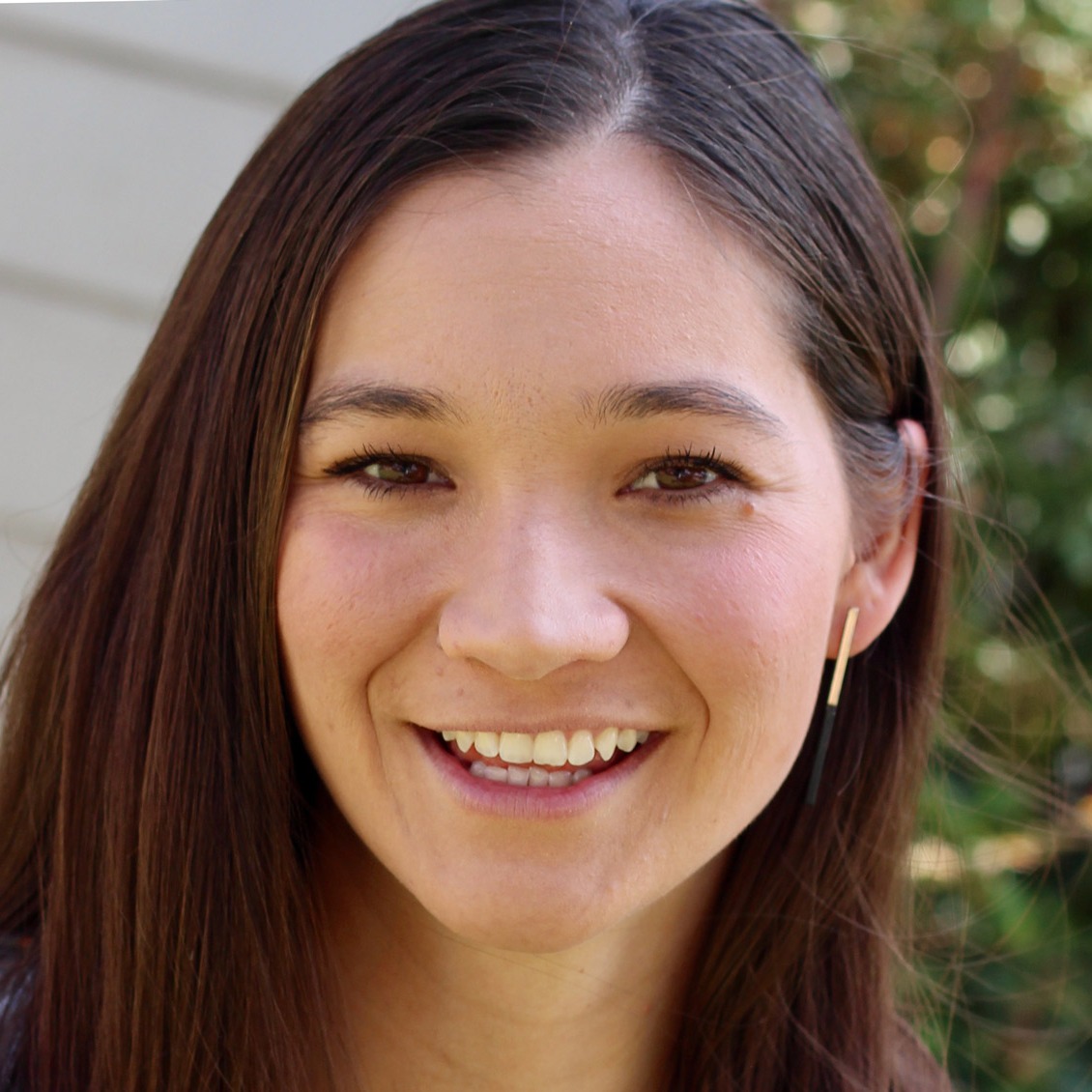


Images used with permission from VisualDx (www.visualdx.com).
References
Clark, G. W., et al. (2015). Diagnosis and treatment of seborrheic dermatitis. American Family Physician.
Head & Shoulders. (n.d.). Seborrheic dermatitis.
Lee, S., et al. (n.d.). Seborrheic dermatitis. Skin of Color Society.
Ludmann, P. (2022). Seborrheic dermatitis: Overview. American Academy of Dermatology Association.
Ludmann, P. (2023). Eczema types: Atopic dermatitis overview. American Academy of Dermatology Association.
National Eczema Association. (n.d.). Seborrheic dermatitis.
Piquero-Casals, J., et al. (2019). Topical non-pharmacological treatment for facial seborrheic dermatitis. Dermatology and Therapy.






